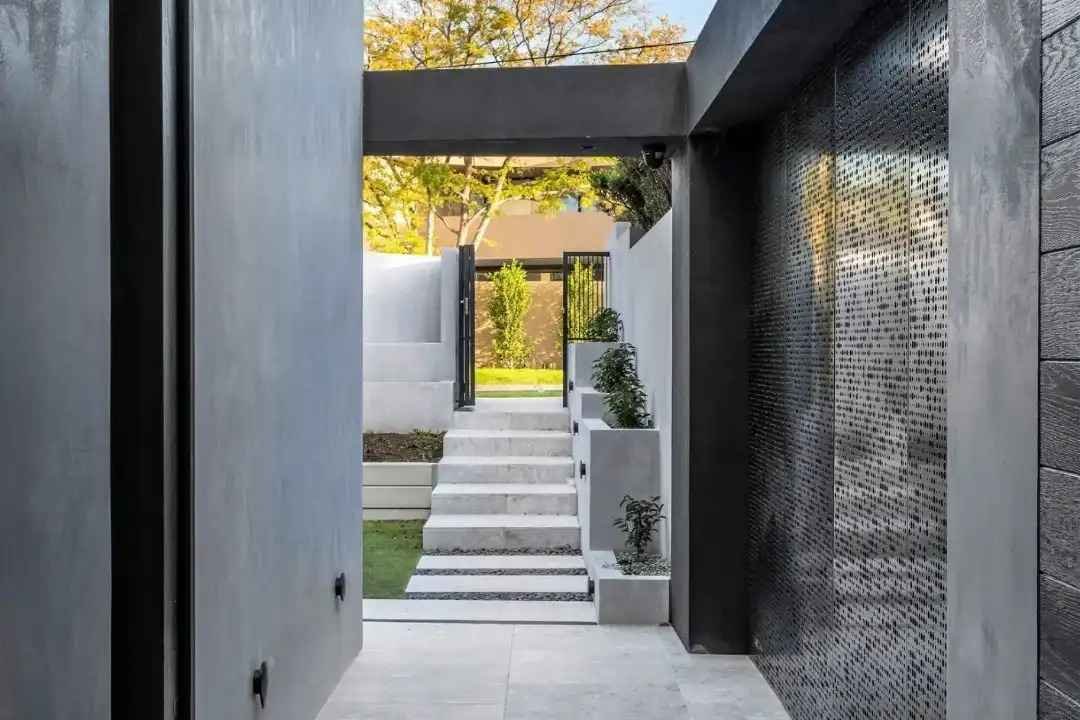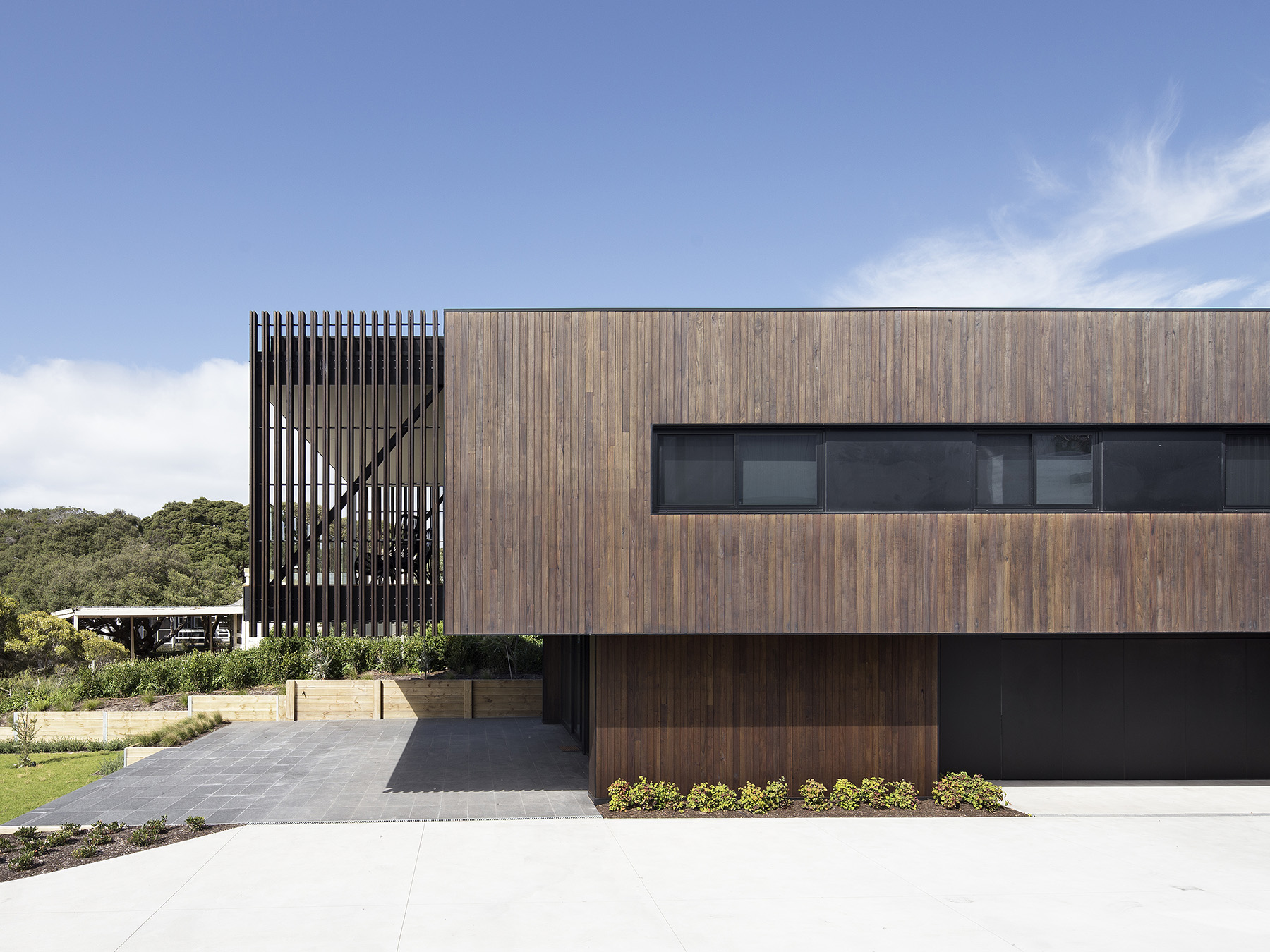How Residential Architects Create Personalized Homes for Every Way Of Living
The procedure whereby property engineers style customized homes is a nuanced interplay of comprehending client requirements and equating those understandings right into useful space. Through extensive consultations and the use of design devices, designers capture the essence of their clients' lifestyles, making certain that each home reflects personal values and aspirations. This joint strategy extends beyond first concepts, including cutting-edge innovations and sustainable practices to enhance day-to-day living. As we check out the intricate steps associated with this transformative procedure, a much deeper gratitude for the architect's duty in shaping unique environments begins to arise.
Understanding Client Needs

Reliable communication is critical in this process. Designers need to urge clients to articulate their way of livings, household characteristics, and future desires, making certain that the style reflects their special identity. By employing tools such as surveys, meetings, and visual surveys, designers can collect valuable insights right into the customer's vision.
Additionally, recognizing the context in which a home will exist is essential. Architects need to think about elements such as the website characteristics, regional environment, and social influences that can influence the design. This alternative approach enables the creation of areas that are not just aesthetically pleasing however lasting and additionally functional.
Ultimately, a deep understanding of customer requires enables architects to create personalized homes that enhance the quality of life for their residents, cultivating a feeling of belonging and convenience within their living atmospheres.
Style Refine and Cooperation
The design process in property design is a dynamic interaction of imagination and partnership, where architects, clients, and different stakeholders function very closely to bring a vision to life. This repetitive trip normally starts with a series of conferences to establish a thorough understanding of the client's desires, preferences, and lifestyle requirements. During these conversations, designers collect crucial information, allowing them to conceptualize layouts that straighten with the client's vision.
Complying with the initial appointments, the layout stage evolves with illustrations, 3D designs, and architectural makings. This aesthetic interaction functions as a device for architects to existing ideas, while additionally inviting client comments, ensuring that the last style resonates with their assumptions. Reliable collaboration with designers, professionals, and indoor designers is important during this phase, as it makes certain that all practical elements of the task are flawlessly integrated.

Incorporating Way Of Living Elements
Including way of life elements right into property style is necessary for producing areas that really resonate with the residents. residential architecture homes. This process starts with recognizing the one-of-a-kind demands, choices, and everyday routines of the homeowners. Architects participate in detailed discussions to uncover how the specific or family utilizes their room, whether for entertaining guests, pursuing pastimes, or seeking silent retreat
As soon as these understandings are collected, engineers can customize layout attributes that enhance day-to-day experiences. Open flooring strategies may be designed for households that focus on togetherness, while committed work areas can be integrated for those that function from home. Outdoor locations, such as outdoor patios or gardens, can be highlighted for this contact form households that enjoy outdoor tasks or enjoyable.
Moreover, flexibility is a vital factor to consider; multi-functional areas permit flexibility as lifestyles progress over time. Personalized storage options can also be integrated to fulfill specific company demands, making sure that the home continues to be functional and clutter-free. Inevitably, by thoughtfully weaving way of life elements right into the building material, domestic engineers create customized homes that not only meet visual desires however likewise significantly enhance the high quality of life for their customers.
Lasting and Smart Layout
Lasting and smart design progressively plays a crucial role in domestic design, as house owners look for to decrease their ecological impact while enhancing their living experiences. Designers are now integrating green products, energy-efficient systems, and innovative technologies to create homes that not only meet visual needs yet additionally offer the earth.
Including sustainable power resources, such as solar panels and wind turbines, allows property owners to harness natural deposits, considerably decreasing reliance on conventional power grids. Smart home technologies further enhance sustainability by maximizing power use with automated systems that control lights, air conditioning, and heating based upon tenancy and preferences.
Furthermore, the use of lasting building materials-- like redeemed wood, bamboo, and recycled steel-- promotes a round economic climate, decreasing waste and source intake. Designers additionally highlight passive layout concepts, ensuring homes are oriented for optimum natural light and air flow, thus minimizing the requirement for fabricated heating and air conditioning.
Along with ecological benefits, sustainable and wise layout contributes to the general convenience and health and wellness of residents. By prioritizing interior air quality and natural environments, engineers create areas get more that cultivate well-being, enabling homeowners to thrive attuned to their setting.
Completing and Implementing Strategies
Settling and executing strategies is a critical stage in the domestic architecture process, where the vision of a personalized home begins to materialize. This phase includes careful focus to information, making sure that every aspect of the layout is exactly expressed and all set for building and construction. residential architecture homes. Designers collaborate very closely with customers to review final strategies, resolving any type of final modifications or issues, while making certain that all elements line up with the property owner's lifestyle requirements
When plans are finalized, designers prepare comprehensive building documents, consisting of in-depth drawings and specs that serve as a blueprint for home builders. These files outline products, coatings, and installment methods, providing quality for subcontractors and contractors. Furthermore, safeguarding necessary permits and sticking to neighborhood building codes is necessary, as it ensures compliance and smooth task execution.
Efficient interaction is crucial throughout this stage. Normal updates and conversations with contractors aid to minimize prospective problems prior to they emerge. By promoting a joint setting, designers can guarantee that the execution straightens with the initial vision. Ultimately, this crucial phase transforms concepts into truth, laying the structure for a home that shows the distinct way of life and choices of its residents.
Verdict
In final thought, residential architects play a critical function in crafting personalized homes that cater to diverse lifestyles. Via thorough understanding of client needs, see joint design procedures, and the assimilation of way of life components, engineers make certain that each home reflects specific preferences.
The process by which household designers layout tailored homes is a nuanced interaction of comprehending client demands and translating those understandings right into practical living areas. With detailed assessments and the use of style tools, engineers catch the significance of their customers' way of lives, ensuring that each home shows individual worths and goals. Designers must urge customers to express their way of lives, family members dynamics, and future aspirations, guaranteeing that the design mirrors their distinct identity.The design process in household design is a vibrant interplay of imagination and partnership, where designers, clients, and various stakeholders work very closely to bring a vision to life - residential architecture homes. With thorough understanding of customer needs, collaborative design processes, and the integration of way of life components, architects ensure that each home reflects private choices